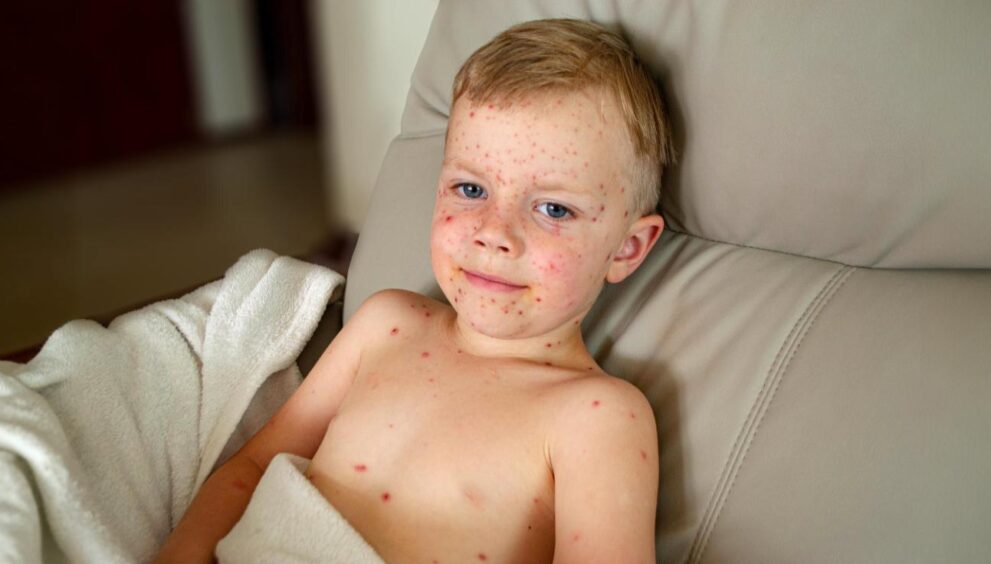Latest
Measles returns: US sees worst outbreak in decades
The CDC has reported 884 confirmed measles cases across 30 states as of April 24, 2025
Author
Author
- admin / 7 months

- 0
- 2 min read

Author
The United States is witnessing a significant measles outbreak, with the Centers for Disease Control and Prevention (CDC) reporting 884 confirmed cases in 30 states as of April 24, 2025.
Measles was declared eliminated in the US in 2000. But a large outbreak in West Texas, where 646 cases and two child fatalities have driven the surge again. Measles is a highly contagious, vaccine-preventable disease. This crisis in the US is being attributed to declining vaccination rates, international travel, and persistent misinformation.
Why is measles re-emerging?
A study published in the Journal of the American Medical Association identified a significant reduction in measles-mumps-rubella (MMR) vaccination coverage as the primary cause.
According to the CDC, MMR vaccination rates among kindergarteners declined from 95.2% in the 2019-2020 school year to 92.7% in 2023-2024, leaving approximately 280,000 children vulnerable to measles each year. Herd immunity requires at least 95% vaccination coverage.

In the US, epidemics have been fueled by pockets of under-vaccinated communities, particularly in Texas, New Mexico, and Ohio. Measles is prevalent in many countries, and unvaccinated travelers can spread the virus, causing outbreaks in populations with poor immunization rates.
On March 27, 2025, the World Health Organization (WHO) reported that cases associated with the Texas outbreak had spread to Mexico.
Vaccine hesitancy, amplified by misinformation, is another critical factor. “Most U.S. measles cases in the post-elimination era are linked to intentionally unvaccinated children, who pose a higher risk to public health,” a study on the Antivaccination Movement and Vaccine Hesitancy noted.
Misinformation, including debunked claims linking MMR vaccines to autism, has gained traction, despite extensive research affirming the vaccine’s safety.
Also read: India Launches 2025-26 Measles-Rubella Elimination Campaign









